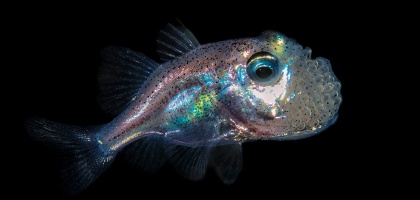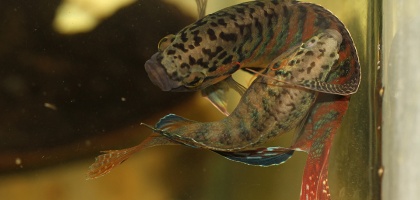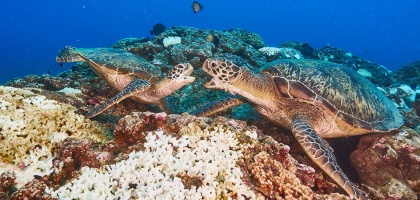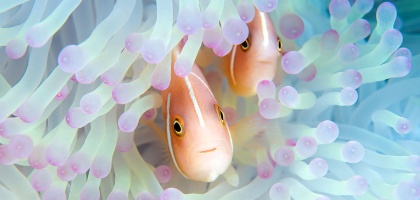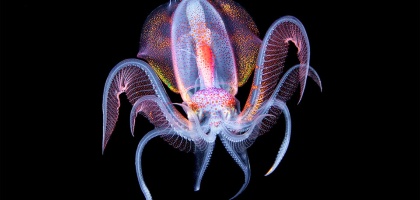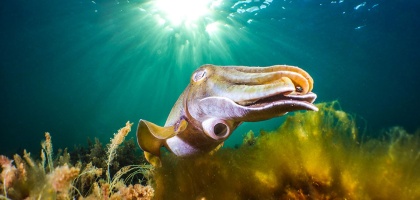八代灣沈船搜主題
沈船,並非永久長眠於海底,而是隨時間不斷變化的有機體。影響沈船崩解速率的因素,包括船身材質、鹽度、浪況、氧含量等。像是黑海,仍存有許多公元前沈船,就是因為其深處的氧含量特別低,減少嗜氧細菌對沈船的分解。反之,楚克的二戰沈船已經明顯崩解。沈船的生態,往往隨著時間日益繁榮。沈沒於1983年(與我生日同年)的八代灣沈船,或許正在邁向生態繁盛與結構體崩解的黃金交叉點?
A shipwreck is not just a structure that permanently rests on the seafloor, but also an organism that changes over time. Factors that affect the disintegration rate of a sunken ship include hull materials, salinity, wave conditions, and oxygen content. For example, there are many shipwrecks in the Black Sea that date back more than 2,000 years. As oxygen content is low in deep waters, there are no large aerobic bacteria populations, meaning that the rate of decomposition is low. In contrast, World War II shipwrecks in the Chuuk Lagoon have undergone obvious disintegration. The ecology of shipwrecks tends to prosper over time. The Badaiwan Wreck is from 1983 (the year of my birth). Is it approaching the golden intersection of ecological prosperity and structural collapse?



-
主題標籤

